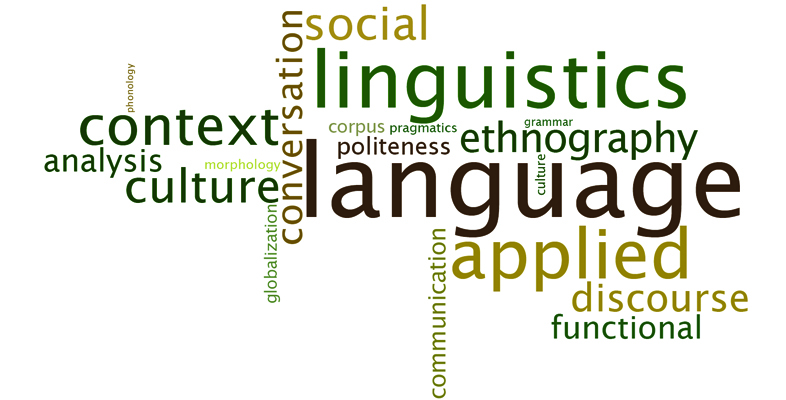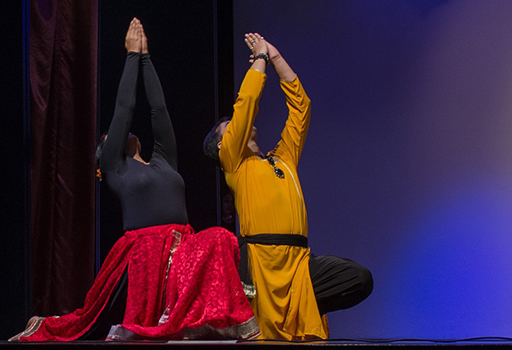1.1 Language, languages and linguistics
Scholars of various persuasions have been fascinated by the questions of how much languages have in common and how much they differ. At one extreme, universalists have said that despite appearances, languages are fundamentally similar – so much so that an extra-terrestrial anthropologist visiting Earth might say that there is one human language with many varieties. At the other extreme, relativists have said that languages are fundamentally dissimilar, so much so that speakers of different languages perceive the world in very different ways.
Almost any statement we might make about language can be challenged. Nevertheless, let’s hazard two, perhaps obvious, generalisations as a starting point:
- All human societies and all human individuals know and use language.
For this reason, many have seen language as defining of what it means to be human. ‘Language’ (used in this uncountable form without an article) is a general human phenomenon, a faculty of our species.
Equally obvious, as you saw in the previous activity, is the fact that:
- ‘Languages’ (used in this countable form) are markedly different from each other.
While language is a human trait, this is not the case for any particular language.
The scientific study of both language and languages is called linguistics, with different sub-disciplines focusing more on one or the other. The description of systems of sound (phonology), word formation (morphology and lexis) and grammar, and the ways in which these encode meaning are within the remit of linguistics both in relation to specific languages and in relation to commonalities across languages. But linguistics is also concerned with how these systems are learned, how they are used in producing and understanding messages, how they change over time. Of course there are also other aspects of human communicative behaviour which could be included under the heading of language and increasingly, linguistics has also started to focus on these. Examples include:
- non-verbal communication such as gestures, body language and facial expressions
- communication through visual images, music or movement
- communication that combines all of these different modes at the same time.

